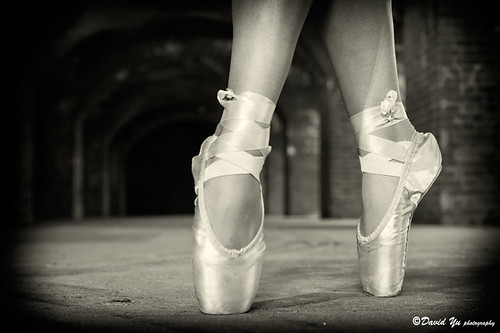Having spent a number of years exploring the ways in which the Ten Commandments (a k a ‘the Decalogue’) have insinuated themselves into American popular culture, I don’t think I have ever come across them in the world of dance.

Songs, yes; movies, for sure; even an abundance of down-to- earth, helpful hints such as The Ten Commandments of Quiet Automobile Driving (“toot less”). But a dance? Never -- and certainly not a ballet.
Imagine, then, my delight in learning that a piece called “Decalogue,” the work of New York City Ballet’s resident choreographer, Justin Peck, would be making its debut on Friday evening, May 12, right on the heels of the publication of Set in Stone, my new book about the commandments. That it featured ten dancers piqued my curiosity all the more.
Were the stars aligned? The Ten Commandments trending? Might there be a fortuitous convergence of interest in these ancient dos and don’ts? Galvanized by the possibility, or, more to the point, eager to establish a connection between book and ballet, I emailed the communications folks at the New York City Ballet as well as the dance critics of the New York Times -- and held my breath.
Eventually, I heard back from the associate director of communications at the New York City Ballet, who wrote:
“Just to provide some information, the score for Justin Peck’s new work is called The Decalogue, and the ballet is simply named after the score. There is no other connection or meaning beyond that, and the ballet itself is purely abstract.”
Though disappointed by this bit of news, I was still eager to see for myself and, as luck would have it, “Decalogue” was on my Sunday afternoon subscription. It turns out that apart from the piece deploying ten dancers and having ten sections, (each marked by a Roman numeral), there was nothing else, near as I could tell, that invoked, let alone evoked, the ten commandments.
Alastair Macauley, the chief dance critic of the Times, agreed, writing “if ‘The Decalogue’ title refers to Ten Commandments, they surely aren’t those in the Bible.”
Oh well ... Nothing ventured, nothing gained, as the old saying goes. Besides, conjuring up new ways to convey the ancient biblical text is fun and keeps me on my toes -- so to speak.



